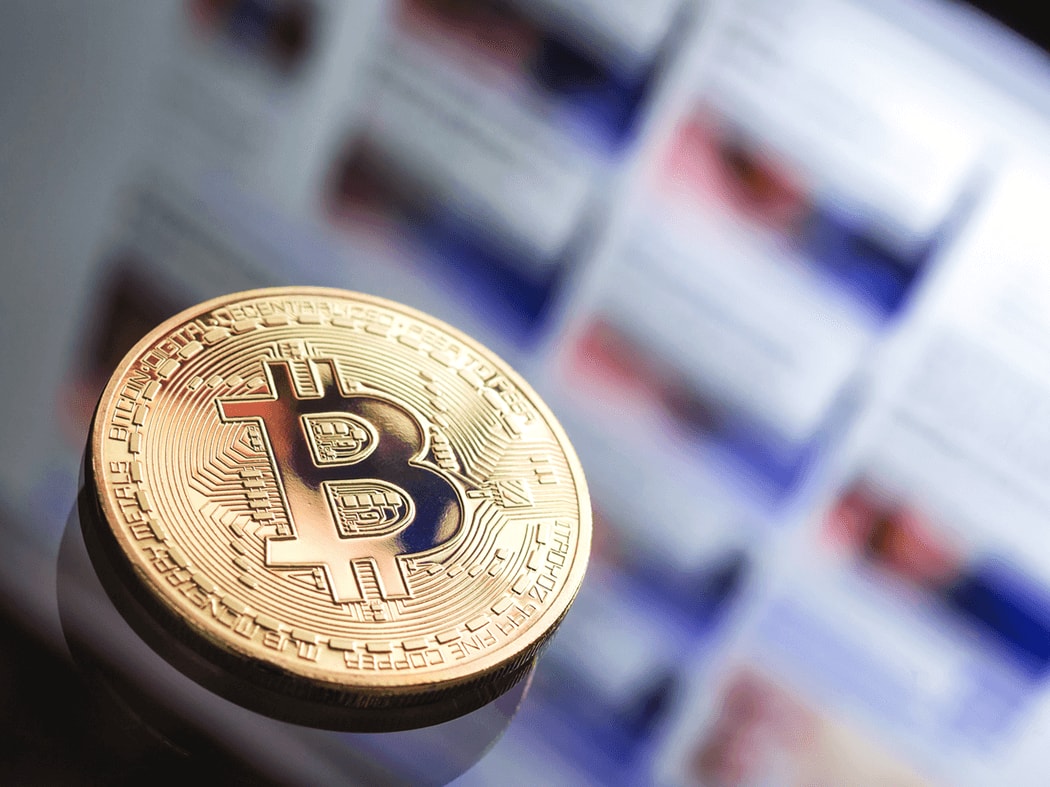While the advent of the distributed ledger technology and the bitcoin network can be pinned to 2008/2009, it remained relatively under the radar and received very little media attention till around 2011. The world was recovering from what was described by many as the worst depression in the modern era. Understandably, no one was looking to take risks.
However, in 2011, the New York Times published an article on "what is Cryptocurrency," and there was a growing sense of awareness on social media networks, especially Twitter. In the same year, BTC/USD prices surpassed EUR/USD prices and eventually went on to $31 before finally dipping to $10. Besides the media attention, various organizations began to accept bitcoin as a means of payment. Other cryptocurrencies, such as Ripple, also began developing their network using bitcoin's digital peer-to-peer finance model.
First bitcoin halving.
According to Satoshi’s original design of the bitcoin network, every four years or for every 210,000 transactions mined, the reward mining each block of a transaction is reduced by half in a bitcoin halving process. It is an automatically induced inflation that has a history of increasing the price of bitcoin.
On November 28, 2012, the first bitcoin halving occurred, reducing each block reward from 50btc to 25btc. Bitcoin halving in 2012 was responsible for the next year's surge in the price of bitcoin from $12 in November 2012 to more than $1000 in November 2013.
The post-halving era and bitcoin’s growth
The succeeding year of the first halving was quite eventful and undoubtedly marked the most media and government attention since bitcoin had been founded. From surpassing a market capitalization of 1 billion US dollars to a massive surge in price to reaching an all-time high milestone of $1000 in price, it quickly rose to become a famous debate. While some countries, including the United States, sought to regulate and curb the use of bitcoin, countries like China and Thailand, banned it outrightly.
In October 2013, The famous dark web, Silk Road, was seized by the Federal Bureau of Investigation (FBI), and the founder was arrested. Over 26,000 bitcoins were recovered from the founder as the dark web had allegedly used cryptocurrency for value exchange. The discovery and eventual arrest led to an unprecedented increase in bitcoin's popularity, even for regular activities.
2014 and 2015 were relatively quite uneventful compared to the previous two years. In 2014, bitcoin witnessed a massive 30% dip in price, falling to less than $600 on February 11, 2014. Several bitcoin and other cryptocurrency exchanges were launched in 2014-2015, and several conferences were also held worldwide. At the end of 2015, the bitcoin price was around $500.
Second halving and bull run aftermath
On July 9, 2016, bitcoin witnessed another halving where block reward was reduced from 25 BTC to 12.5btc. That same day, bitcoin's price reached a new high of $664. The year 2016 marked the end of the two-year bearish run in the cryptocurrency market and set a precedent for the cryptocurrency bull run of 2017.
In 2017, bitcoin gained wide acceptance among many organizations and world governments. Bitcoin and all other cryptocurrencies witnessed their best year yet with bitcoin reaching $1000 in January, for the first time in three years. By December 2017, bitcoin had clinched an all-time high of $19,000, sparking interests from various investors, the media, and governments.
Several experts predicted a continuation of the bullish run in 2018. However, the run was cut short, and bitcoin plummeted to less than $4000 in November 2018. However, bitcoin's market capitalization didn't witness much decline, and media attention continued to a large extent. The cryptocurrency community on Twitter continued to grow in 2018.
2019 and 2020: Bitcoin growth continues
In 2019, bitcoin recovered from the bearish 2018 prices and went from less than $4,000 in December 2018 to over $8,000 in May 2019. Many countries were cryptocurrency was previously banned began to accept cryptocurrencies with lighter laws and regulations in several states.
In 2020, the pandemic has turned many users to cryptocurrency as a safe haven, as trust in digitized systems increased massively. In August 2020, bitcoin reached a new high of more than $12,000.
Investment Disclaimer








